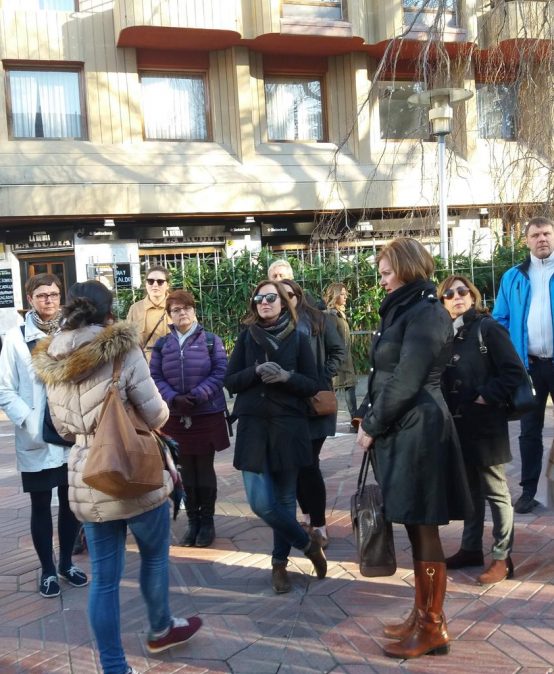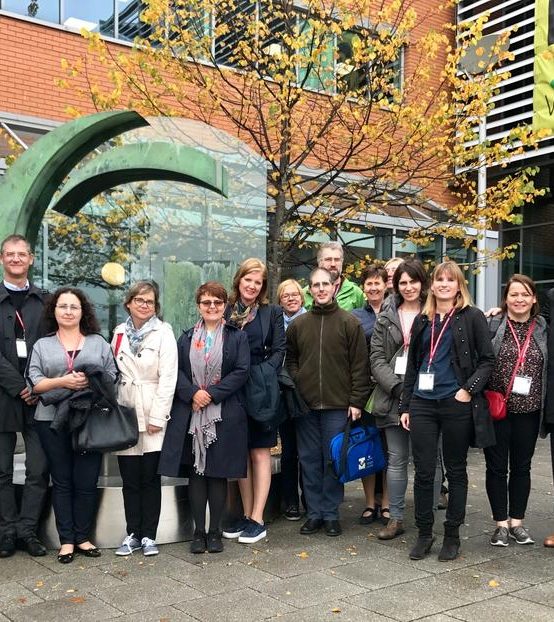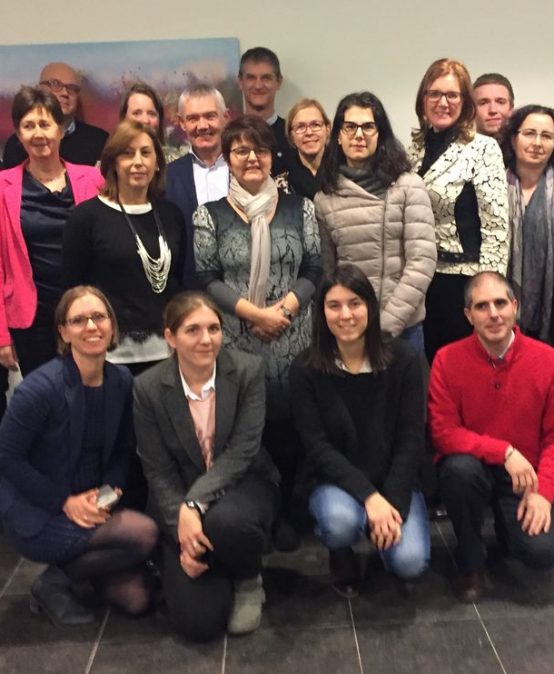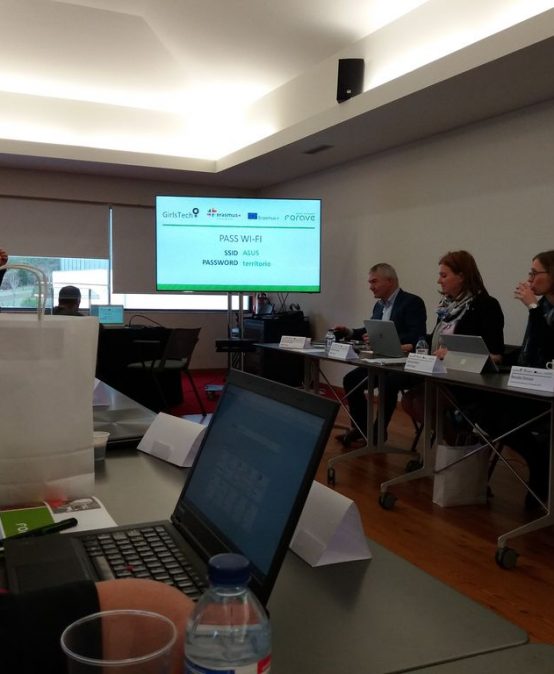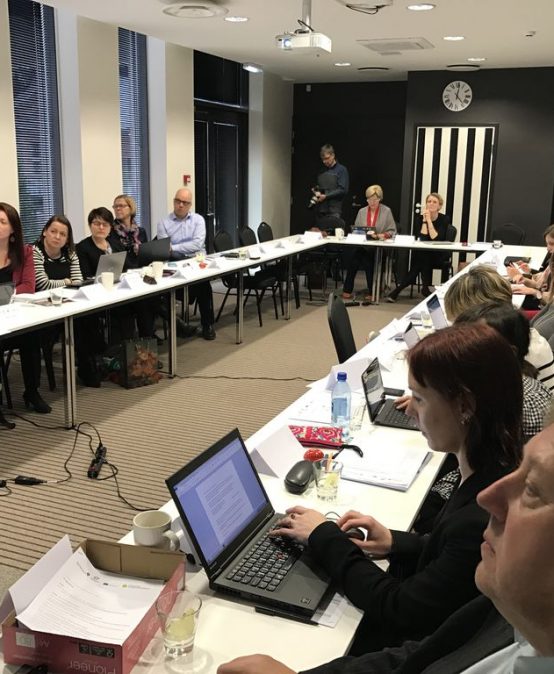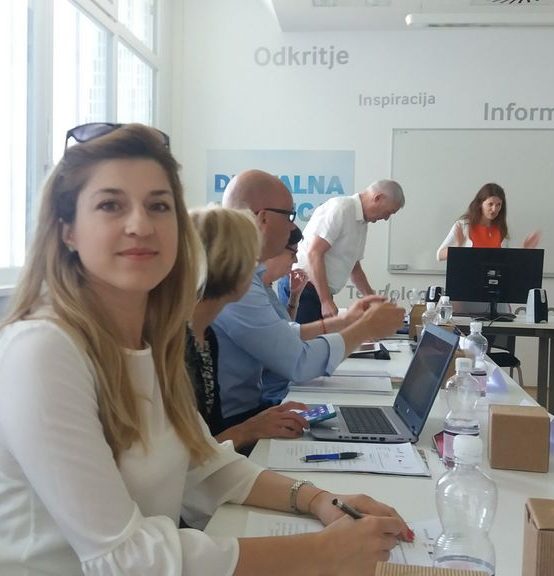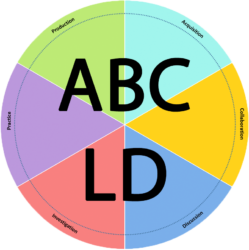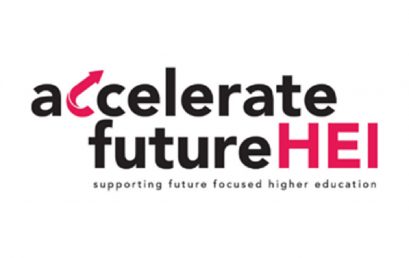

GirlsTech
Sharing knowledge for improved policies that raise participation of women in STEM fields.
1. Information
Erasmus+ KA2 project (2016 – 2018)
Technology continues to dominate much of our daily lives.
To be able to compete worldwide, Europe needs more highly skilled technicians. We need to use the talents we have available, especially the talents of women. The current low participation of women in STEM fields is a problem for most European countries.
In the Erasmus+ KA2 project GirlsTech this theme is addressed. Eight countries share their knowledge to improve their own policies. The project is not about developing a new universal tool, but to focus on peer learning activities, to find out which approaches might be suitable for the participating countries.
Project Plan
- 8 meetings for all participants (Skype in between)
- 8 documents (one from each country) : each country provides a document with the featured GPs and the program of their meeting
- 8 reflection reports; after each meeting 1 report with the reflections of each country regarding the program and tools toolbox of procedures and instruments as used in the participating countries
- 1 final report; containing the above mentioned documents and general conclusions and recommendations
- Publication of the final report on the website of INNOTECS and the website of the project partner websites.
Project partners
As there is so much variety in the number of girls participating in STEM at VET-level in Europe, the project partners were selected from three groups: high, medium or low performing countries. The majority of the partners were selected from the INNOTECS network.
- The Netherlands: MBO Raad + VHTO
- United Kingdom: Association of Colleges (AoC)
- Spain: CIFP Construcción LHII (Eraiken)
- Portugal: Forave
- Estonia: Pärnumaa Kutsehariduskeskus
- Romania: Politehnica University of Timisoara (UPT)
- Finland: Sataedu
- Slovenia: Šolski center Nova Gorica
2. Objectives
Reasons for GirlsTech project
The idea for the GirlsTech project was suggested during the first INNOTECS conference in 2015.
Participants at the conference wondered why there was such a considerable difference in the number of girls participating in STEM-studies.
Summary of the reasons:
- Shortages in STEM areas
- Most obvious and largest reservoir of talent is girls/women as they are 50% of the population
- In NL a special ‘think-tank gender’ that was established to advise the Minister on issues in STEM in VET, advised that the situation should be investigated in other countries
- Why are some countries better performing than others?
- How do we explain high participation in the VET STEM-labour market, but low participation in VET STEM programs in some countries.

